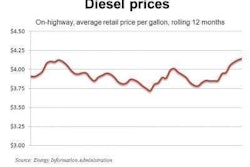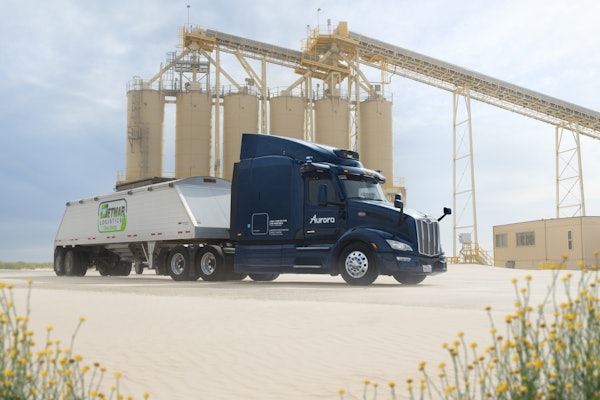Carrier Transicold on Wednesday, March 21, announced a new “Fourward” series of both Vector Hybrid and X-2 belt-driven refrigeration units designed to improve operating efficiencies while also incorporating emissions control reduction technology to meet U.S. Environmental Protection Agency Tier 4 standards. Carrier’s director of marketing and product management David Kiefer described the technology as “the next leap forward. It does more while consuming less like a modern smartphone or four-cylinder car. The units produce less emissions and less wasted resources.”
Much of the improvement came through sophisticated engineering of refrigeration components like the evaporator and condenser. These “micro-channel” heat exchangers need less compressor head pressure to force the refrigerant through the system, and the thinner coils they incorporate require less horsepower from the fans; an electronically-controlled expansion valve helps. All are coordinated with the Apex control system, which now has more sophisticated algorithms to optimize all the factors for efficiency. Noise levels also are reduced, in part because of the reduced power needed from the fans.
The units require 18-20 percent less horsepower to operate but utilize the same Kubota diesel engine with a power rating higher than the units require, the goal being increased reliability, durability and longevity. The engine can produce 26-28 hp, but the units only require 20-22 hp to operate, yet cool-down, recovery after a door opening and the ability to maintain temperature conditions in extreme climates are all improved.
The engine is equipped with a sophisticated diesel oxidation catalyst)/diesel particulate filter unit that Kiefer said “is not your father’s DPF.” This device reduces particulate 95 percent below requirements in order to meet Tier 4 EPA and California Air Resources Board regulations, and also reduces unburned hydrocarbons. It normally will need to regenerate itself only about once in 24 hours and won’t require ash removal until it has run 3,000 hours.
Because of the reduced power requirements, not only will regulated emissions be reduced, the emission of CO2 greenhouse gases also will drop. The X-2 units also need significantly less refrigerant, which is a further boon to greenhouse gas reduction in case of leakage. The generator and motor on the hybrid Vector units both will be lighter in weight. Partial production will begin before the end of 2012, and full production will commence in 2013.












